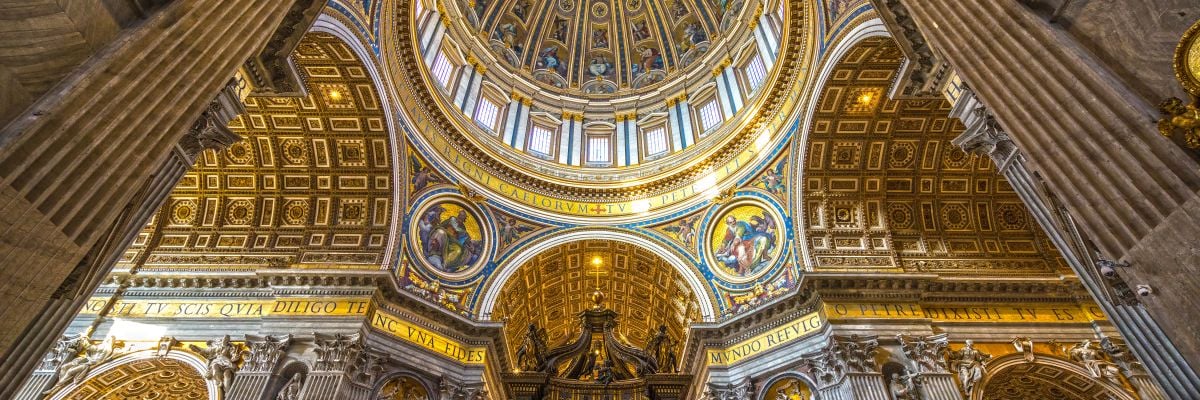
“Wherever the bishop shall appear, there let the multitude also be; even as, wherever Jesus Christ is, there is the Catholic Church.”
St. Ignatius of Antioch penned these instructions to the Smyrnaeans around A.D. 107 while he was on his way to be martyred in Rome. It is the first known usage of the phrase “Catholic Church.” Despite later Protestant attempts to redefine “Catholic Church” to mean the invisible set of orthodox believers, Ignatius’s usage makes clear the connection to the visible Catholic hierarchy.
This catholicity includes the global scope of the Church’s mission (“catholic” is from the Greek καθολικός, meaning “universal”), taking seriously the Lord’s Great Commission (Matt. 28:18-20). In the mid-fourth century, St. Optatus of Milevis said that the Church was Catholic both because “she is in accordance with reason and is scattered all over the world.” He connected this to the papacy, saying the Church is founded upon Peter and the Roman See that “unity should be preserved by all, lest the other apostles might claim—each for himself—separate Cathedras,” resulting in schism (Against the Donatists II, 1-2). Thus, Optatus rebutted the Donatist heretics, whose reach was limited to “a small corner of Africa.”
A simple test is proposed by St. Cyril of Jerusalem (A.D. 313-386) in his Catechetical Lectures. When travelling, he says, “inquire not simply where the Lord’s House is […] nor merely where the Church is but where is the Catholic Church.”
Cyril’s test still works today: though certain Anglicans, Reformed Protestants, and sedevacantists consider themselves “catholic” or “the true Catholics,” few people would answer a request for directions to the Catholic Church by sending you to any of these places of worship.



